The Greek town of Kalabaka offers amazing views to Meteora and easy access plus accommodation in order to visit the unique rock formations that are home to many Greek Orthodox monasteries dating back to the 13th century!
Meteora is one of the most impressive and special geological monuments not only of Greece but of the world. In addition to its natural beauty, it is the home of the the second largest and most important monastic community for the Christian Orthodox world. That is why it has been characterized as the second Mount Athos, which has preserved the religious and monastic tradition for centuries.
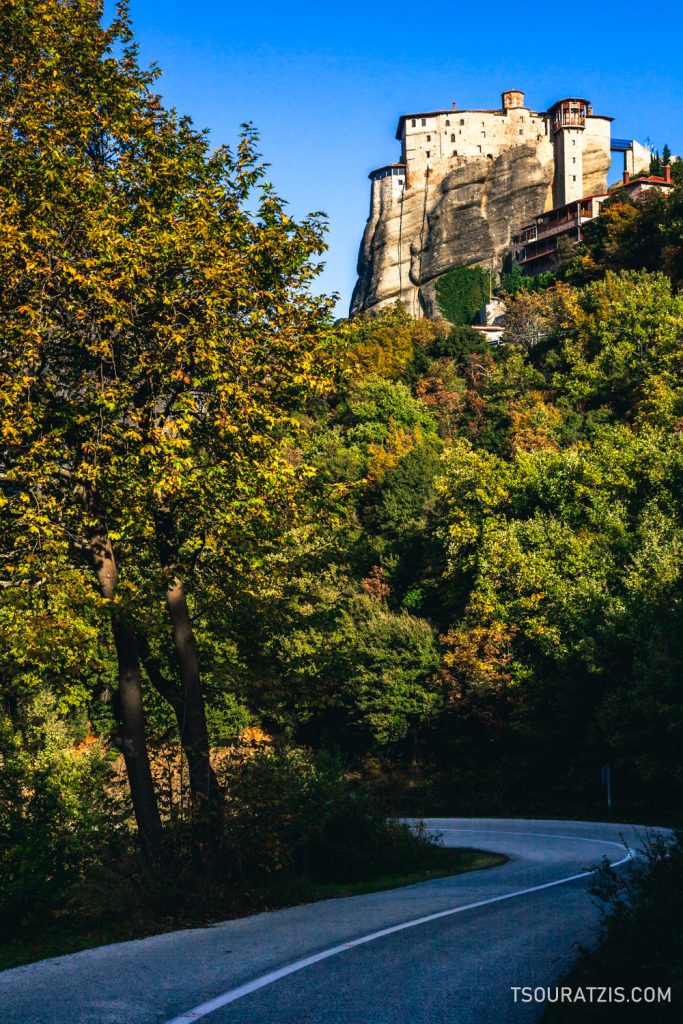
Meteora, a breathtaking experience!
What impresses the visitor of Meteora is the huge dark rocks that jut out from the plain just above the town of Kalabaka and the picturesque Kastraki. The sight whether you are under the rocks in the city of Kalabaka, or on top of them, is literally breathtaking. The peaks of some of them exceed 400 meters above the plain, making everything look tiny, like when you are behind the window of an airplane. Meteora has been on the UNESCO World Heritage List since 1988 (UNESCO website about Meteora).
Today, out of the 30 monasteries that were founded in Meteora, only six are open these days. They have been restored, while most of their frescoes are well preserved. They are open most days of the week and receive hundreds of visitors daily.
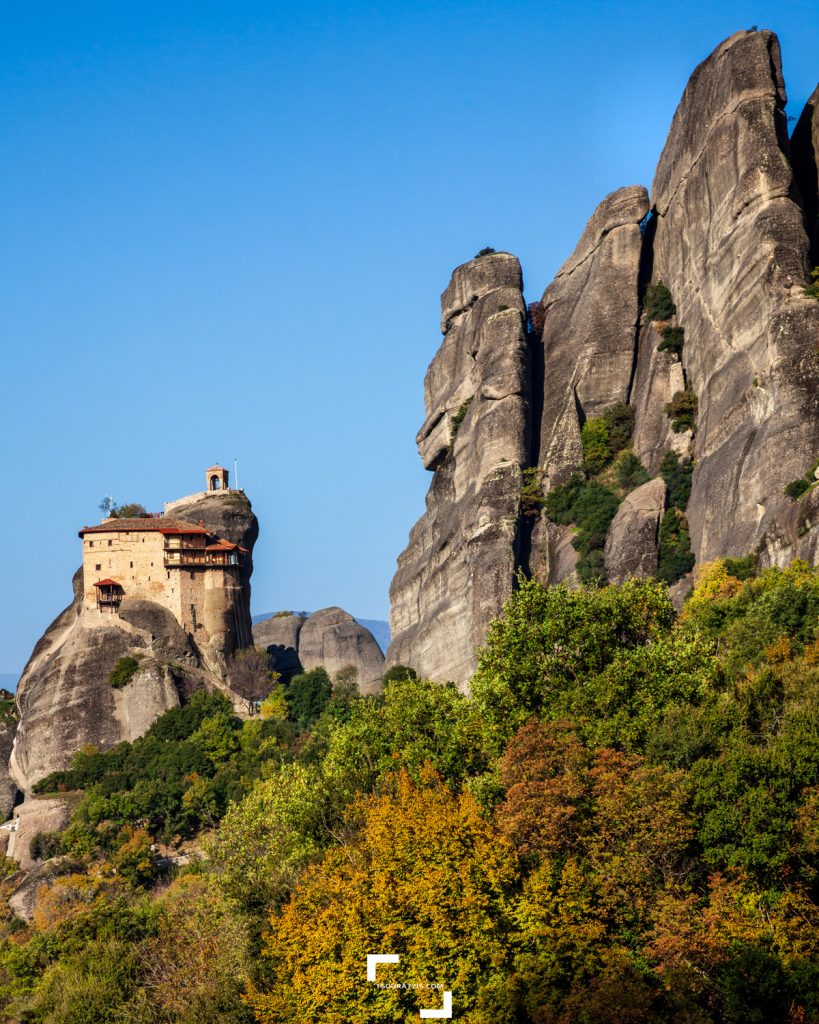
The geological phenomenon of Meteora
The unique phenomenon of Meteora is the result of geological changes and turbulence on the Earth’s surface over millions of years. According to the prevailing scientific version, Meteora was the estuary of a river that flowed into the present-day area of Thessaly, which was covered by the sea. Today’s huge rocks were part of the stockpile of materials brought from the river to its estuary. 60 million years ago for some or 25 to 30 million years for others, some large-scale geological changes lifted a large part of central Greece submerging a large part of Thessaly which became a lake.
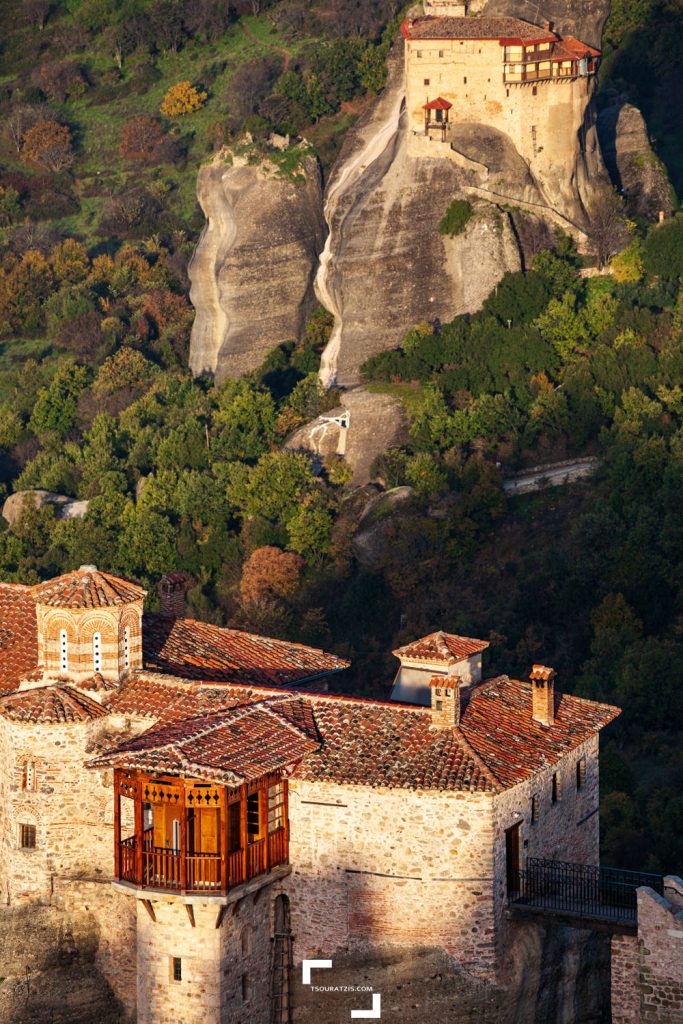
During the Tertiary period, large earthquakes caused further changes in the landscape of Greece, creating the opening of Tempe through which, according to the prevailing theory, the waters of Thessaly poured into the Aegean, thus bringing to the surface the invisible rocks that with the passage of time and the tremendous influence of nature such as earthquakes, water, wind and various climatic changes shaped the spectacular rock formations we enjoy today.
Meteora Monasteries
The MEGALO METEORO and the Varlaam Monastery
Meteora got its name from Saint Athanasios the Meteoritis (translated Meteorite but it means the one hanging over the ground without moving in a specific direction) , the founder of the first monastery in Meteora, the Monastery of the Transfiguration of the Savior or the Great Meteor. Saint Athanasios Meteoritis climbed on the rock with the until then name “broad stone” in 1344 which he renamed Meteoro. (more information about the first and largest monastery of Meteora in the article Holy Monastery of Megalo Meteora in Meteora)
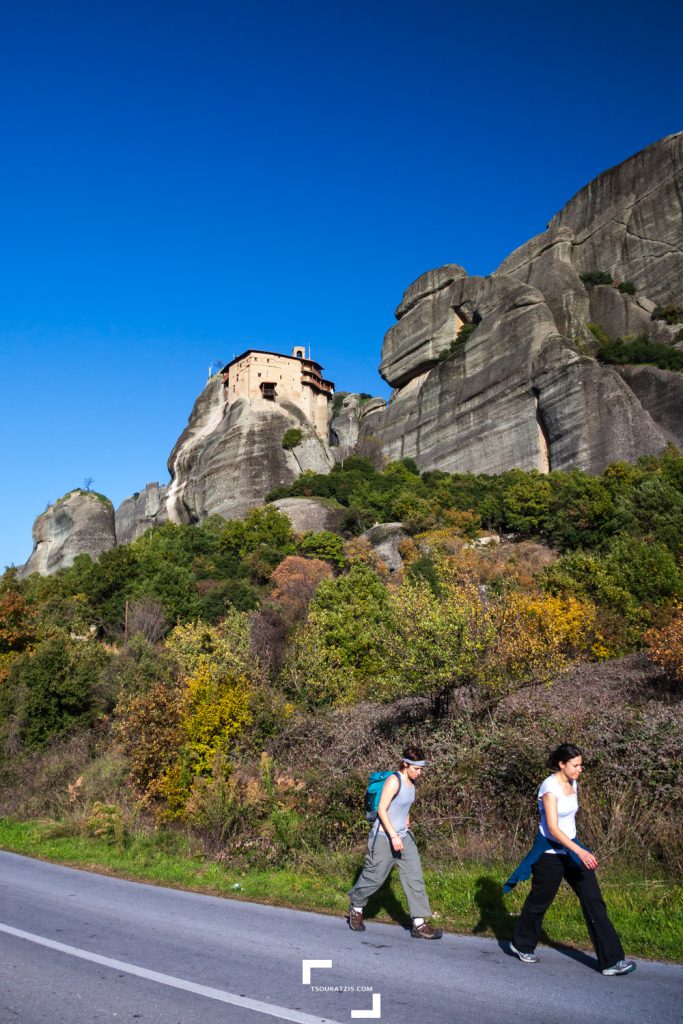
Megalo Meteoro monastery or Holy Monastery of Grand Meteoron (dedicated to the Transfiguration of Jesus) is the oldest, the largest and the most historic monastery in the impressive and religious area of Meteora. It was founded in the 14th century AD by Osios Athanasios Meteoritis and is full of religious monuments and traditions.
During your visit to Megalo Meteoro monastery don’t forget to visit the traditional kitchen that was build at 1557 AD where some unique utensil are displayed and still used, the old dinning room build at 1557 also, a characteristic sample of monastic architecture of these times and the sacristy that was used back then as hospital and nursing home. In addition, at Megalo Meteoro monastery you will have the chance to view some very old and valuable Byzantine religious paintings, holy relics and rare manuscripts.
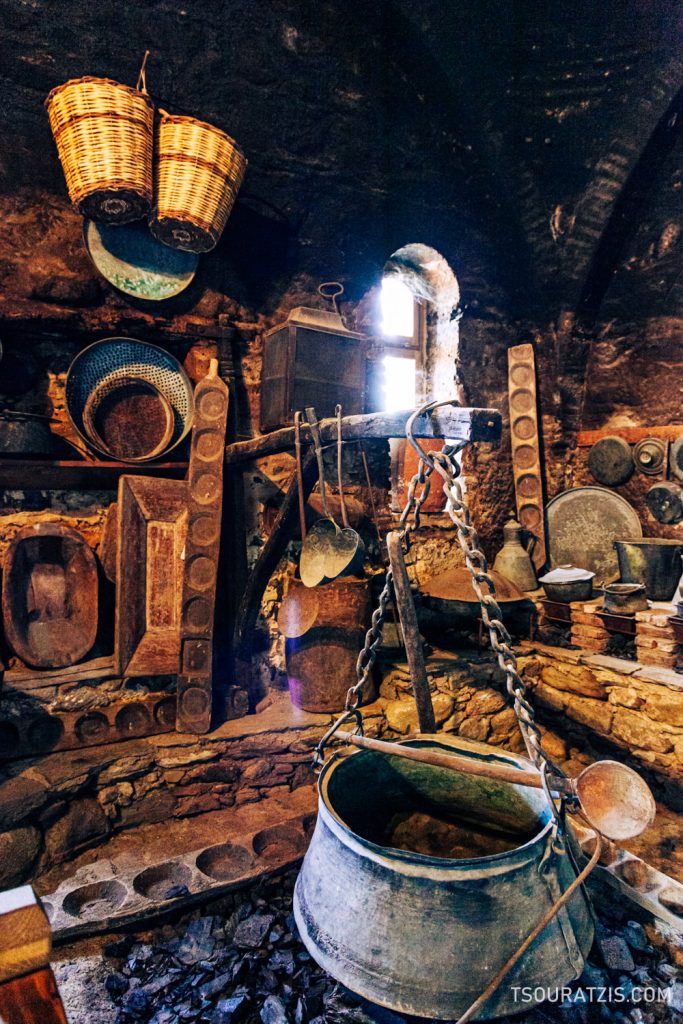
Varlaam Monastery
The second largest monastery after the Great Meteoro is the Varlaam Monastery (All Saints) and it owes its name to the monk Varlaam who climbed the rock in 1350 and built there the small temple of the Three Hierarchs and some cells. It is located directly opposite to Megalo Meteoro and has a wonderful view as well as some places worth visiting such as the old galley (stove) and the hospital.
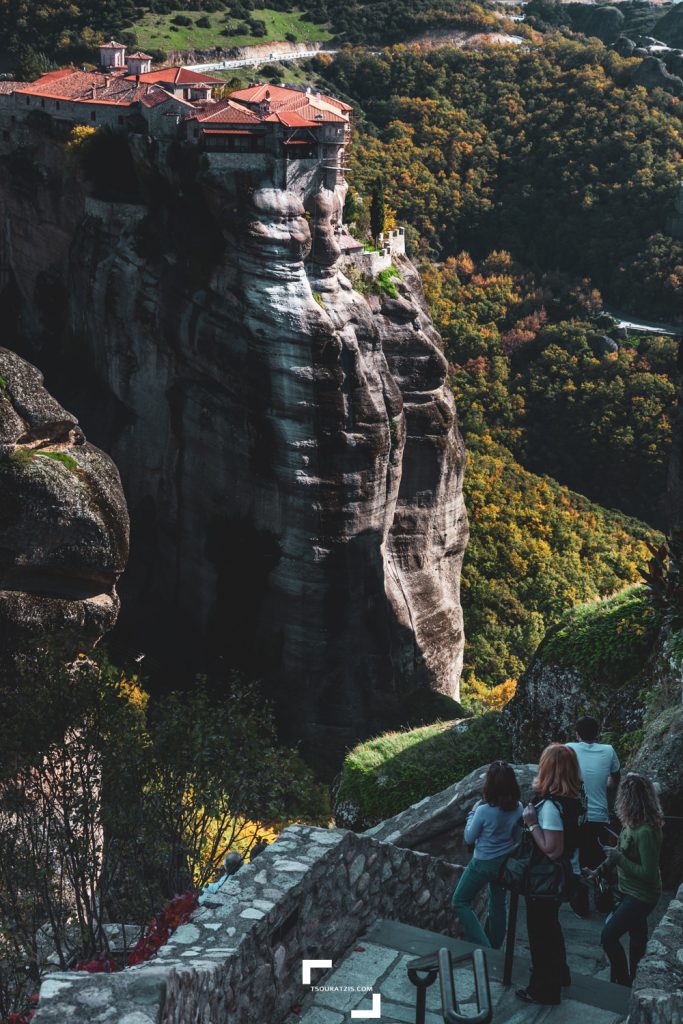
Agios Nikolaos Monastery
If you come from Trikala and drive to Meteora through Kalambaka and Kastraki, then the first monastery you will meet on your left is that of Agios Nikolaos of Asmenos or Anapafsa. The second floor of the monastery is famous for the exceptional hagiographies of 1527 by the great Cretan painter and hagiographer Theofani Strelitza, who later decorated some of the monasteries of Mount Athos! The Monastery, which was seriously endangered by the passage of time, was renovated in 1960.
Monastery of Rousanos
The next monastery you will come across is that of Rousanos Monastery (Holy Monastery of Rousanos – Saint Barbara). You will first see it hanging impressively above your road on the right, and then as you drive or walk higher it is worth stopping at some point of the road to enjoy how it uniquely blends with the impressive landscape of Meteora. Until 1936 the ascent to the monastery was done only by a wind ladder or net, something changed with the construction of two small bridges. However, with binoculars or a large camera lens you can still see the windmills hanging today!
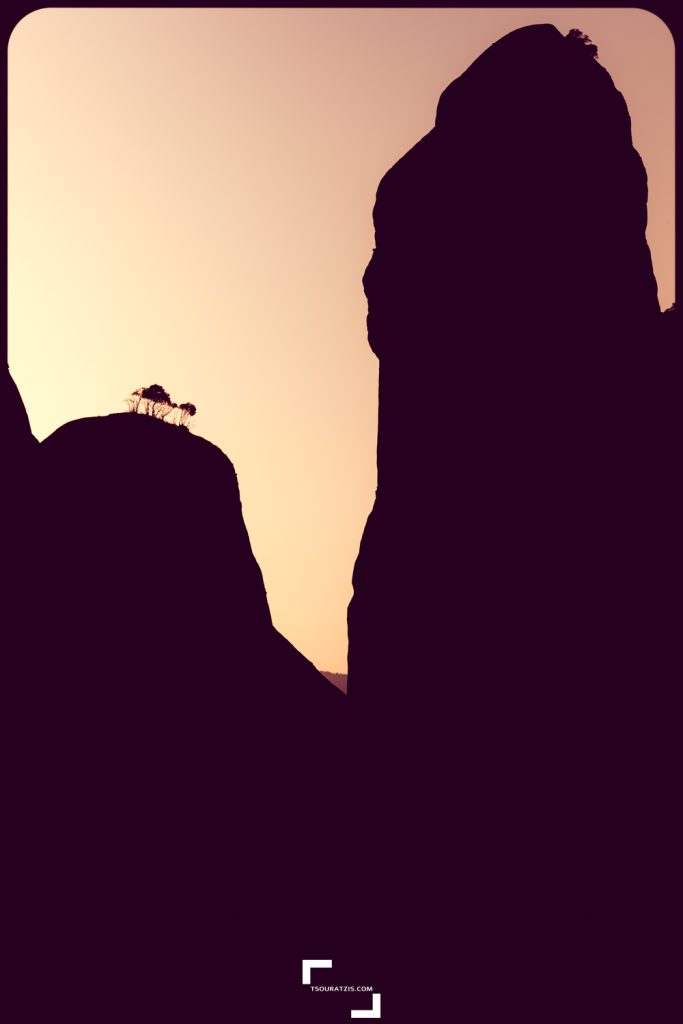
Agios Stefanos Monastery
The Monastery of Agios Stefanos is built on the southernmost rock (meteorο) of Meteora and has been a women’s monastery since 1961. The current catholicon of the monastery was built in 1798 in memory of Agios Charalambos whose kara (body) is kept as a holy and miraculous relic by the nuns of the monastery.
Agia Triada Monastery
Finally, the monastery of Agia Triada (Monastery of the Holy Trinity) was founded by the monk Dometios in 1438 and is considered the third oldest monastery in Meteora. It is located on a rock from which you have an amazing view to Kalabaka town directly below you and also to the amazing rocky landscape relief of Meteora to your right. If you look carefully, you will see in the background the monasteries of Megalo Meteoro and Varlaam.
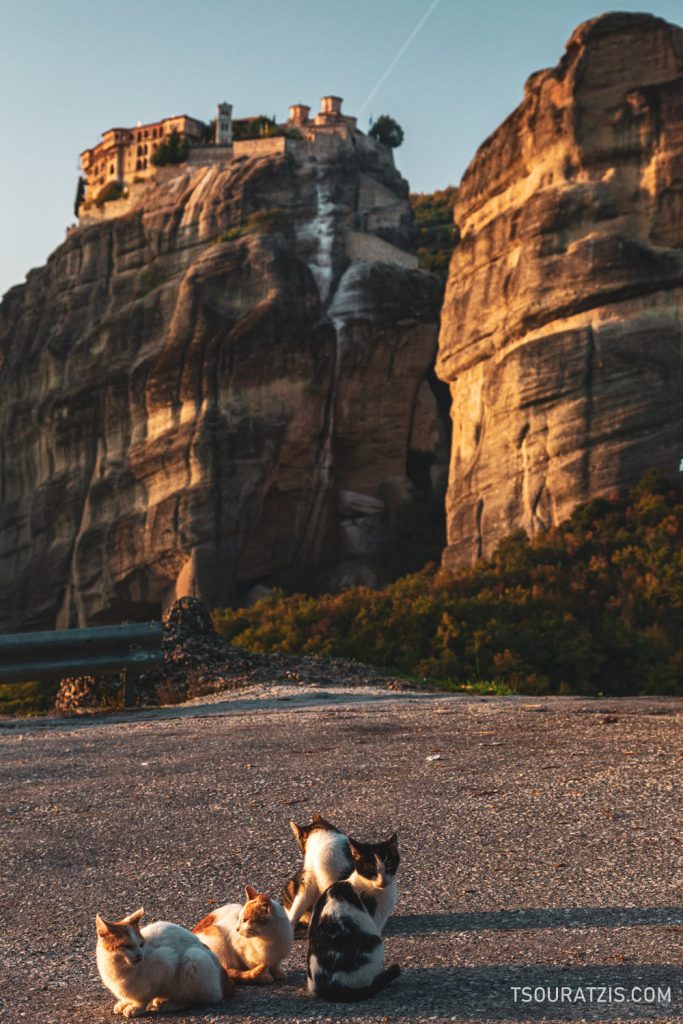
When i visited the Monastery of the Holy Trinity, some repair work was being carried out so i had the chance to see the small cable car with the building materials come and go several times, thus giving me the opportunity to get a taste of how transportation of not only the materials but also of people was done. However, since 1925 a staircase has been carved into the rock with 140, in some places narrow and steep, steps that facilitate the ascent to the rock of the Holy Trinity.
Climbing at Meteora
The unique place of Meteora, in addition to its huge geological and religious interest, is a favorite destination for climbing. Many call Meteora the climbing paradise of Greece as there are more than 200 rocks and more than 700 routes with an altitude difference of 30 to 450 meters! At first, it is considered that the first climbing attempts were made purely for reasons of safety and protection from the various raids that took place in the area.
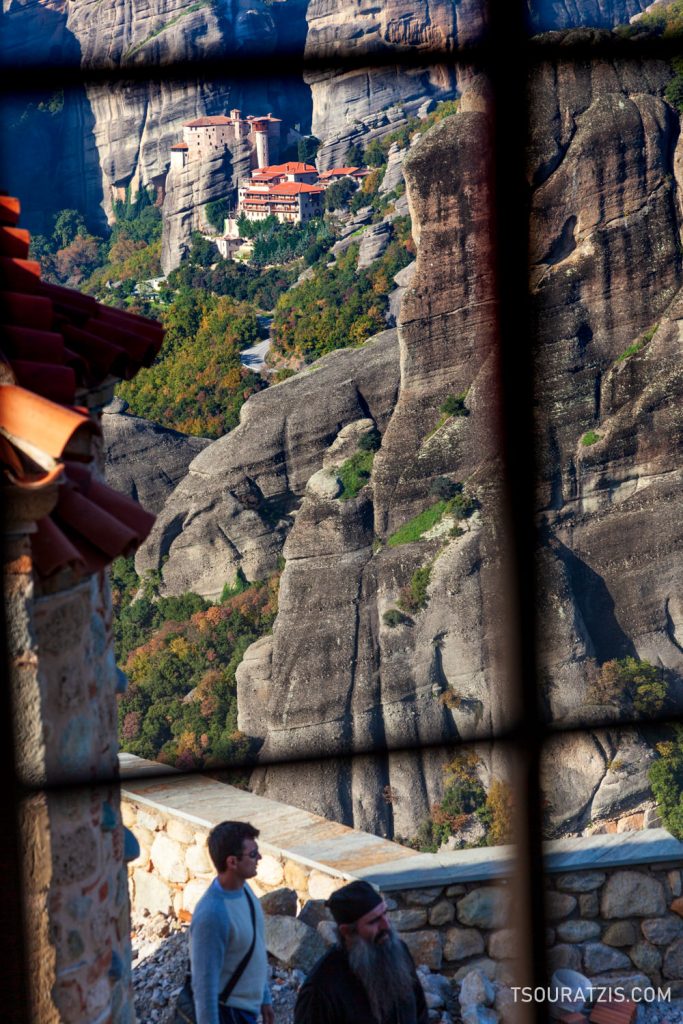
Subsequently and from about the 10th century AD, the ascetics and monks began to climb the rocks of Meteora in order to have absolute peace and isolation from the rest of the environment. The building of the first small temples and cells as well as the need to raise the materials needed for them led to the construction of wind stairs, nets and special stairs whose support beams entered holes made by the monks in the rocks.
And this is how we reached the 20th century and the first organized attempt to climb and record the climbing routes that existed in Meteora by the Germans Dietrich Hasse and his friend the climber and photographer Heinz Stutte who every year from 1975 onwards were visiting Meteora together with their other German friends. In fact, these efforts led to the publication by Hasse and Stutte of a complete guide to climbing Meteora!
Accommodation in Meteora (Kalabaka-Kastraki)
Meteora is a very popular tourist Greek destination. It is the unique and spectacular landscape with the respective geological value and interest combined with the spiritual and religious character of the area that attracts so many people in this part of Thessaly in Trikala prefecture. Moreover, climbing tourism is growing year after year since people from around the globe learn and discover the amazing climbing possibilities and challenges that Meteora have to offer.
If you want to find the best hotel prices in Kalampaka city (right under the gigantic Meteora rocks) click on Kalampaka hotel rooms.
Moreover, you may also check directly from booking.com hotels at Kalampaka, Kastraki and the Meteora surrounding area.
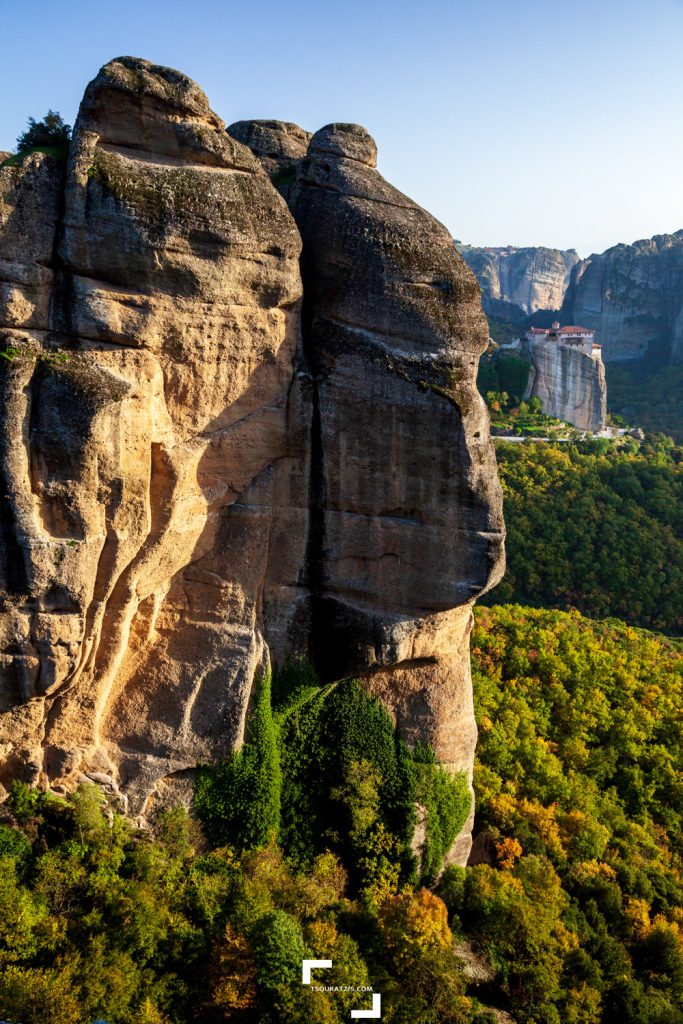
Access to Meteora
Meteora is located in the prefecture of Trikala and access to it is particularly easy, as from the capital of the prefecture you simply follow the signs for the town of Kalambaka, which is located directly below the spectacular rocks of Meteora.
The distance from Trikala to Meteora is about 25 kilometers and you can reach them by following the long straight road to Kalambaka. Just before you enter Kalambaka, you will follow the Kalambaka – Vlahavas road to the right, while there is also a sign for Meteora. Alternatively, you can enter Kalambaka and take the road that passes through Kastraki and between the imposing volumes as well as under some monasteries.
Meteora map with Kalabaka, Kastraki and the monasteries location
The Holy Trinity Monastery, Trinity trail, Αρόη, Kalabaka, Meteora Municipality, Trikala Regional Unit, Thessaly, Thessaly and Central Greece, 422 00, Greece
Holy Monastery of Great Meteoron;1, E4, Kalabaka, Meteora Municipality, Trikala Regional Unit, Thessaly, Thessaly and Central Greece, 422 00, Greece
Monastery of St. Nicholas Anapausas, Μετέωρα – Καστράκι, Kalabaka, Meteora Municipality, Trikala Regional Unit, Thessaly, Thessaly and Central Greece, 422 00, Greece
The Holy Monastery of Varlaam, E4, Kalabaka, Meteora Municipality, Trikala Regional Unit, Thessaly, Thessaly and Central Greece, 422 00, Greece
Kastraki, Meteora Municipality, Trikala Regional Unit, Thessaly, Thessaly and Central Greece, 422 00, Greece
Kalabaka, Meteora Municipality, Trikala Regional Unit, Thessaly, Thessaly and Central Greece, 422 00, Greece
Photos from Meteora region, monasteries and Kalabaka town










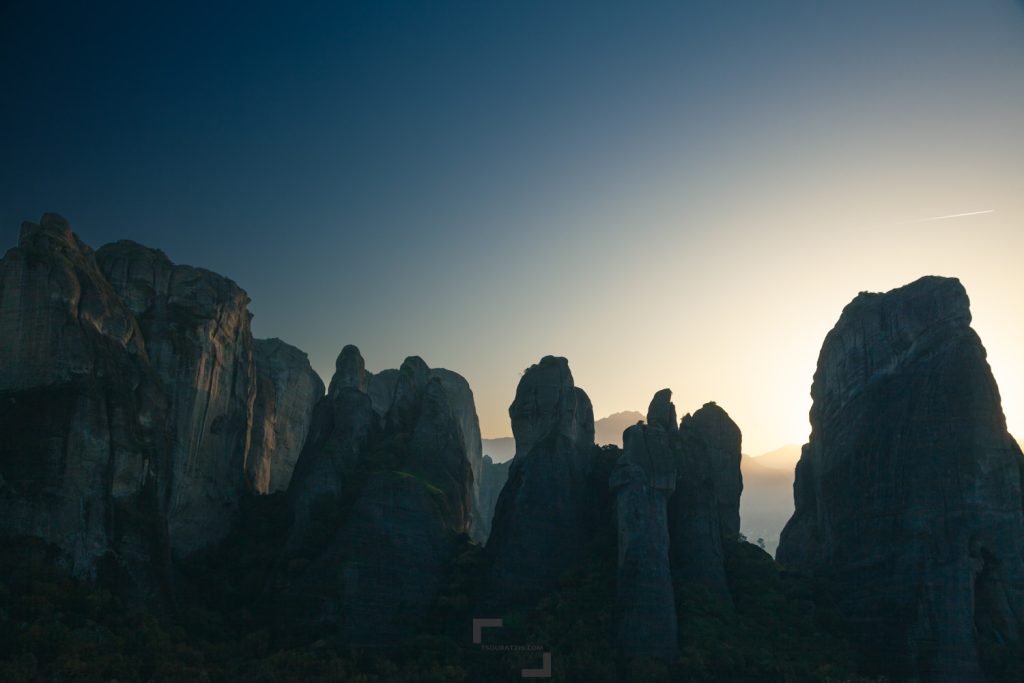

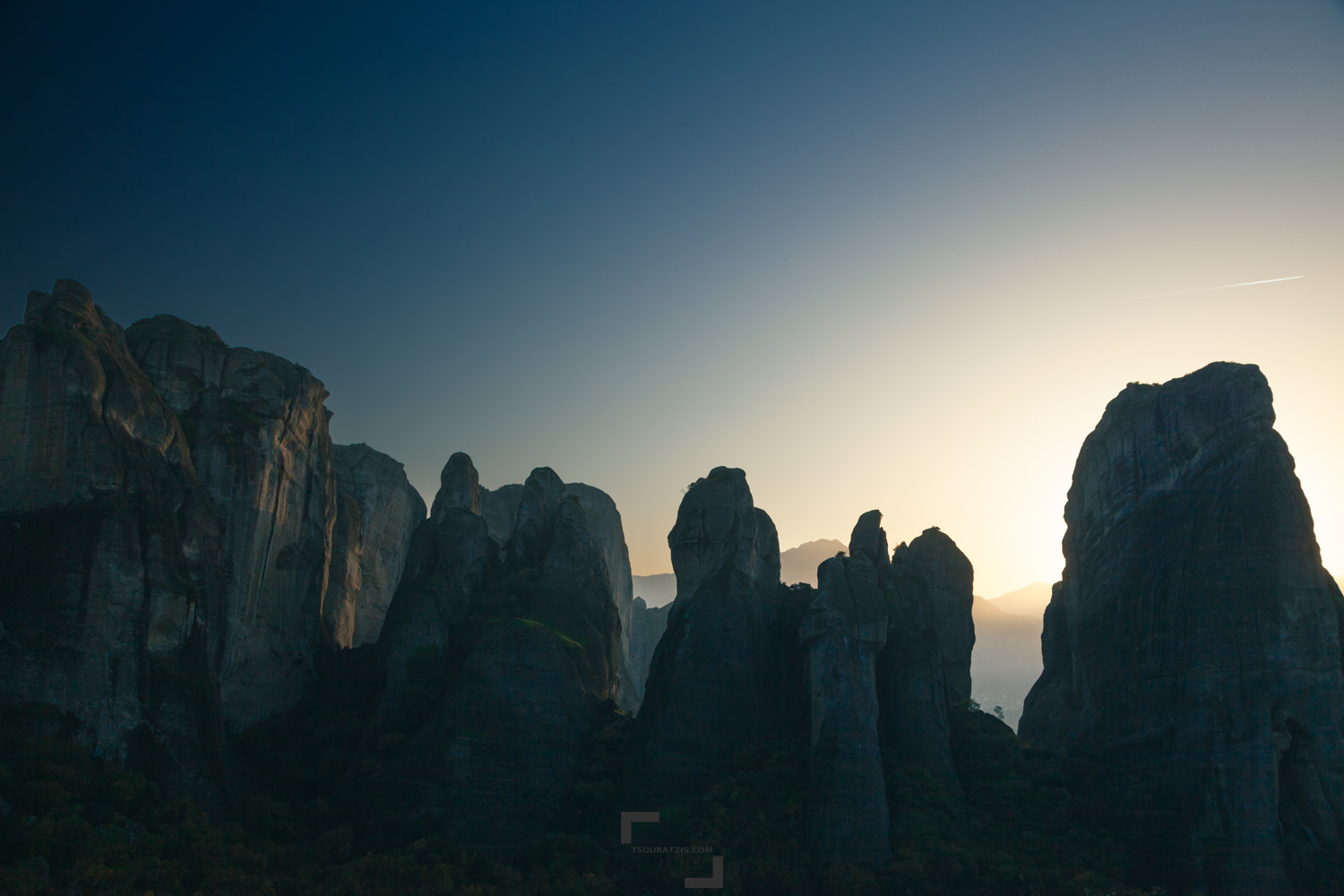
Leave a Reply